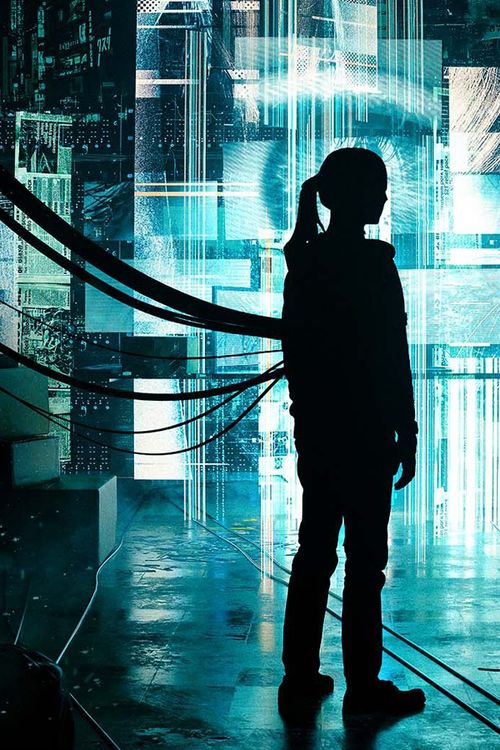
The movie Artifice Girl opens with an investigator instructing Siri to send a message, set a reminder and asking, on a whim, “Hey Siri, how do you know if you’re doing the right thing?” The film ends with an embodied AI chatbot free-form dancing to Way Far Out by The Best of Synthia.
The film explores a profound question: what happens when our simulated personas become indistinguishable from humans? This future may be closer than we realize. We live in times where discussions about AI often swing between unrealistic optimism and exaggerated doom, with media headlines amplifying both extremes. How realistic is the evolution portrayed in the film? Where exactly are we on this technological trajectory?
Cutting through the hype, we face a fundamental question: are today’s advanced language models simply predictive text engines—probability machines stringing words together? The answer is simultaneously “yes” and “that yes is more complex than it appears.” Despite probability’s omnipresence in our lives, its nature remains challenging to grasp. Consider a detective novel, how much knowledge is required to predict the killer’s identity in the final sentence? How can a text completion algorithm “predict” this without possessing some implicit understanding? Currently, we cannot extract and examine this implicit model from AI systems, leaving its nature open to speculation.
The AI landscape today resembles other technological revolutions: the wild west, the early days of electricity, or the dawn of the internet. Innovation is happening at breakneck speed, with contributions coming from established institutions and unexpected places alike. The democratization of these powerful tools has created an environment where experimentation flourishes, sometimes outpacing our ability to understand the implications.
“The Artifice Girl” explores the implications of advancing AI, both its potential for good and what it means when a simulation crosses the threshold into having agency and feelings. The connection between free will and emotions, characteristics we associate with sentience, becomes central. One character particularly wants to know if Cherry, the AI in the film, has genuine feelings. But stepping back: are feelings a true test of human authenticity? Do we even understand what emotions are and how they relate to free will? Could they simply be byproducts of our experiences, no more “authentic” than the randomness of billiard balls colliding? How much more must we understand about ourselves before we can define sentience? And how do sentience and prediction interrelate?
We live in confusing but fascinating times, crucial for understanding ourselves, our creations, and our shared potential. “The Artifice Girl” presents these emergent themes compellingly.